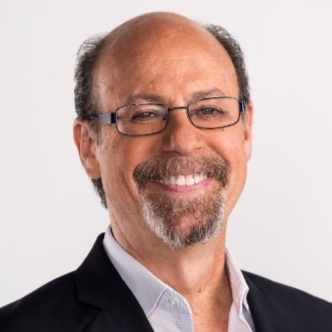Future of society
The Economics of Longevity: Empowering those over 50

In a long-lived society, the empowerment of senior citizens creates innovation and business opportunities.
It seems clear that in today’s society age discrimination is a fact. In addition, it translates into self-discrimination, giving rise to a situation in which the elderly themselves voluntarily withdraw from all aspects of life, especially social and economic.
In a future society where longevity is the norm,”it is important that senior citizens are aware of their role and strength, both for their own generation and for those immediately before and after. And there are already several entities involved in achieving this change of mentality.
You may have the paradigmatic example is the American Association of Retired Persons (AARP), a non-profit organization dedicated specifically to empowering the elderly. According to its former senior vice president in Market Innovation, and FTF expert, Jody Holtzman -he held the position until the end of 2017-, to transform the culture of aging, “changing discourse is the key “. The current situation is bleak in this regard, since the prevailing economic discourse starts from the premise that a world with as many older people as those who come cannot be allowed. This picture would change drastically if this increase in longevity is no longer seen as a cost – in reality, it only means that for the Government – and it is seen as an opportunity.
E
The report “ Longevity Economy“, conducted jointly by the consultancy Oxford Economics and the AARP, analyzed what an independent macroeconomy based only on the spending of US consumers over 50 years of age would look like. Their results showed how much opportunity, rather than cargo, this market has. The gross domestic product (GDP) of the U.S. longevity economy would amount to $7.6 trillion, making it the third largest economy in the world, after the U.S. and China.
From the same document, another fact is inferred: that 35% of the US population (those over 50) represents 53% of consumer spending and 43% of the country’s total GDP.
An analysis of this so-called longevity economics serves to demolish many myths:
– As shown by analyses of entities such as the Kauffman Foundation, the rate of business creation by people between 50 and 70 years old almost doubles the rate of people between 20 and 30 years old.
– Most patents are also owned by people who have passed five decades of life.
– Although it is assumed that technology and aging are two antagonistic concepts, the reality is that a large majority of Americans over the age of 50 have an online presence. For this reason, the business world should ask itself what its strategy is for those over 50, looking for opportunities for an already existing but not fully exploited market.
The AARP annually organizes the award Innovator in Aging, which seeks to promote the development of new technologies that improve the lives of this population.
There are cases of small companies that have succeeded in focusing on the care of the elderly. Carelinx, Honor y Vesta Healthcare have burst into the domestic care services market, billing more than 125 million dollars and even starting to ally with health insurers. They are companies that aspire to professionalize the caretaker trade, offering their caregivers a salary 25% higher than usual, something that not only benefits the employee but also the elderly and their families, who see how turnover is reduced.








